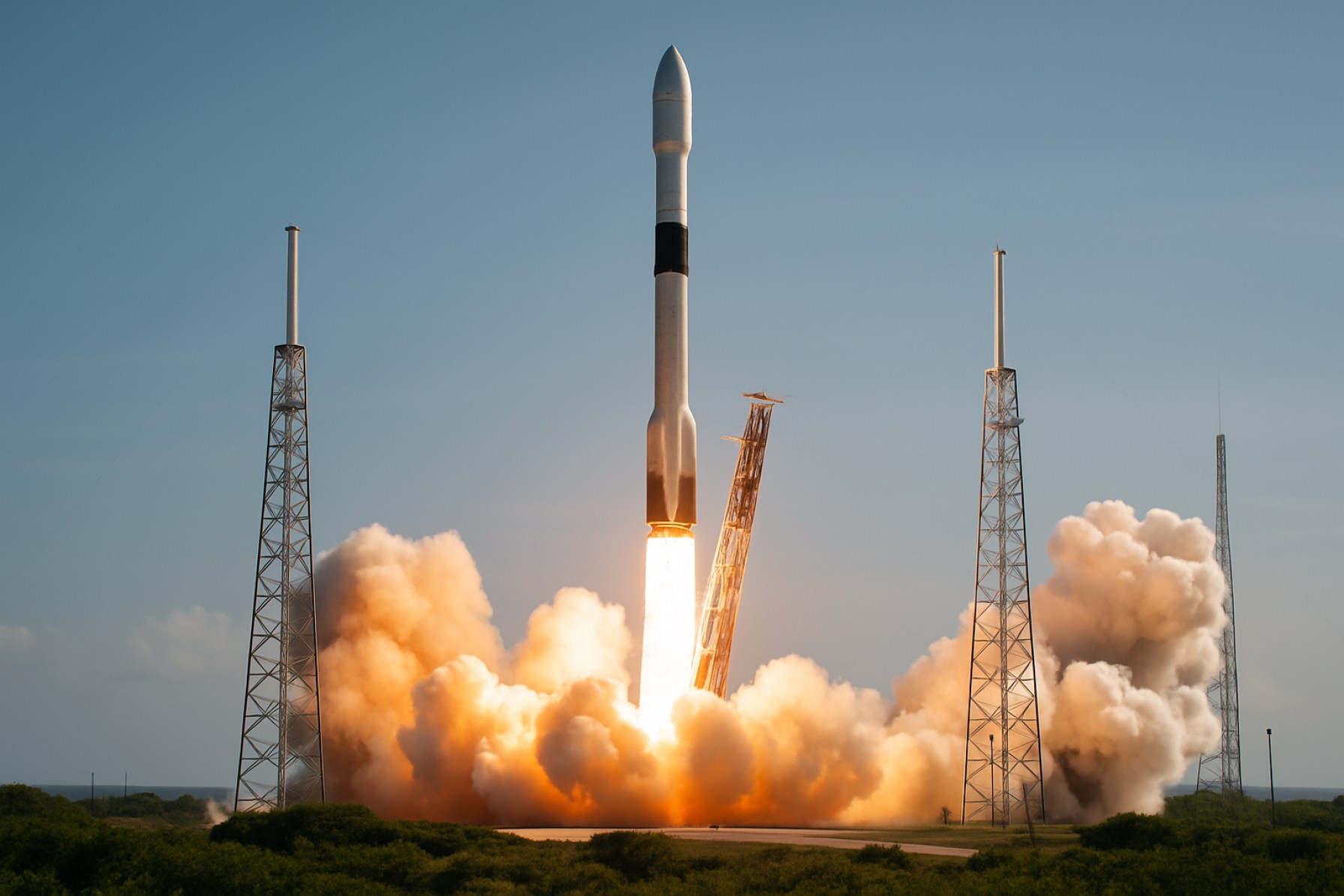- Fri. Jul 11th, 2025
- Rapid Prototyping for Aerospace Components
- June 2025 Space News: Breakthroughs, Missions, and the Expanding Frontier / Updated: 2025, June 28th, 16:00 CET
- Blockchain-Based Microinsurance
- Quantum-Resistant Cryptographic Algorithms
- Extreme Ultraviolet Lithography Metrology
- Nanotextile Coating Technologies
- Eukaryotic Microalgae Bioprocess Engineering
Latest Post
 Major Earthquakes Rock Caribbean, Pacific, and U.S.—Latest Hotspots Revealed
Major Earthquakes Rock Caribbean, Pacific, and U.S.—Latest Hotspots Revealed
 Latest Space Industry Updates: Innovations, Missions, and Frontier Expansion | June 28th Report
Latest Space Industry Updates: Innovations, Missions, and Frontier Expansion | June 28th Report
 Blockchain-Based Microinsurance Market 2025: Rapid Growth Driven by 30% CAGR & Decentralized Innovation
Blockchain-Based Microinsurance Market 2025: Rapid Growth Driven by 30% CAGR & Decentralized Innovation
 Quantum-Resistant Cryptographic Algorithms Market 2025: Surging Adoption Amidst 40% CAGR Forecast & Post-Quantum Security Race
Quantum-Resistant Cryptographic Algorithms Market 2025: Surging Adoption Amidst 40% CAGR Forecast & Post-Quantum Security Race
 Swarm Robotics: The Next Tech Revolution Unleashed – How Robot Armies Are Changing Everything
Swarm Robotics: The Next Tech Revolution Unleashed – How Robot Armies Are Changing Everything
Trending
Major Earthquakes Rock Caribbean, Pacific, and U.S.—Latest Hotspots Revealed
Earthquake Frenzy: Caribbean Jolts, Pacific Surges, and an Unexpected U.S. Shock—Discover Today's Seismic Hotspots Global Seismic Activity: Current Landscape and Key Drivers Innovations in Earthquake Detection and Monitoring Leading Players…
Latest Space Industry Updates: Innovations, Missions, and Frontier Expansion | June 28th Report
June Space News: Pioneering Discoveries, Mission Milestones, and the Next Era of Exploration Market Overview Emerging Technology Trends Competitive Landscape Analysis Growth Projections and Forecasts Regional Developments and Insights Future…
Blockchain-Based Microinsurance Market 2025: Rapid Growth Driven by 30% CAGR & Decentralized Innovation
Blockchain-Based Microinsurance Industry Report 2025: Unpacking Market Growth, Technology Disruption, and Global Opportunities. Explore Key Trends, Forecasts, and Strategic Insights for the Next 3–5 Years. Executive Summary & Market Overview…
Quantum-Resistant Cryptographic Algorithms Market 2025: Surging Adoption Amidst 40% CAGR Forecast & Post-Quantum Security Race
Quantum-Resistant Cryptographic Algorithms Market Report 2025: In-Depth Analysis of Growth Drivers, Competitive Dynamics, and Global Adoption Trends. Explore How Post-Quantum Security is Shaping the Next Era of Cryptography. Executive Summary…
Swarm Robotics: The Next Tech Revolution Unleashed – How Robot Armies Are Changing Everything
Swarm Robotics Explained: How Coordinated Robot Collectives Are Transforming Industries and Redefining Automation. Discover the Science, Breakthroughs, and Real-World Impact of Swarm Intelligence. Introduction to Swarm Robotics: Origins and Core…
Fashion Icons and Power Grids: How Women Are Reinventing Climate Action in 2025
Discover how women in fashion and energy are driving groundbreaking climate action this year, blending style with sustainability.
Bitcoin Poised for Volatility as Trump Eyes Fed Shakeup and Wall Street Braces for Explosive Moves
Bitcoin’s fate hangs in the balance as Trump promises a new Fed chair, Musk warns of a dollar collapse, and inflation jitters surge.
Lucid Group Gains New Major Investors Amid Volatile 2025 Outlook—Is This Electric Vehicle Stock a Hidden Gem?
Major financial firms ramp up investments in Lucid Group as analysts predict a bumpy road ahead for the electric vehicle disruptor.
NLC India Powers Up Maharashtra: Massive 2000 MW Renewable Energy JV Announced
NLC India and MAHAPREIT team up for a game-changing renewable energy joint venture, targeting 5000 MW to supercharge Maharashtra’s clean future.
Stellar Lumens (XLM) Price Set for Explosive 2025 Surge? Here’s What Investors Need to Know Now
Stellar Lumens Primed for Major Breakout: Experts Reveal Why XLM Could Shatter the $1 Barrier in 2025 Stellar Lumens (XLM) gears up for global expansion in 2025—discover key price predictions,…